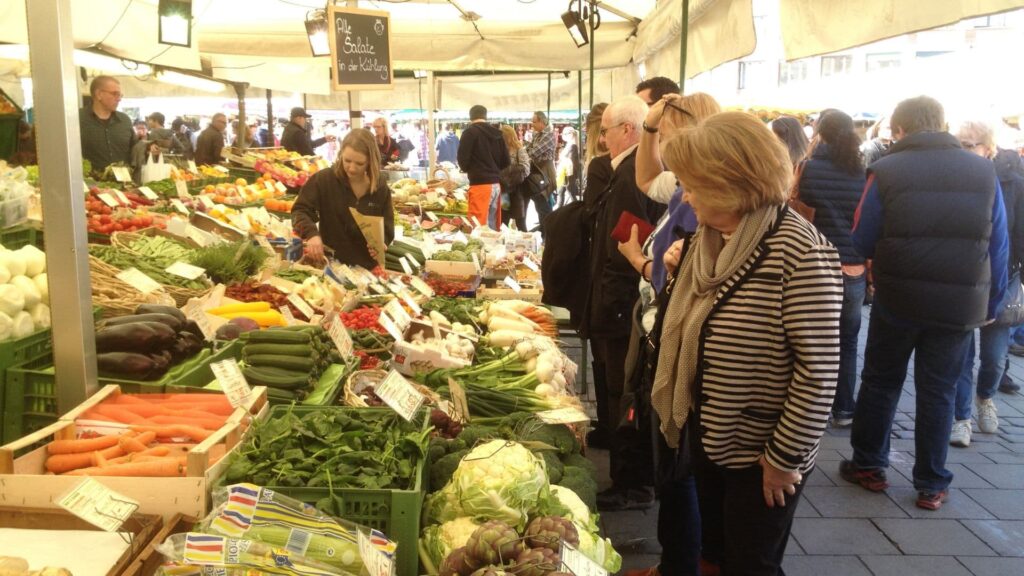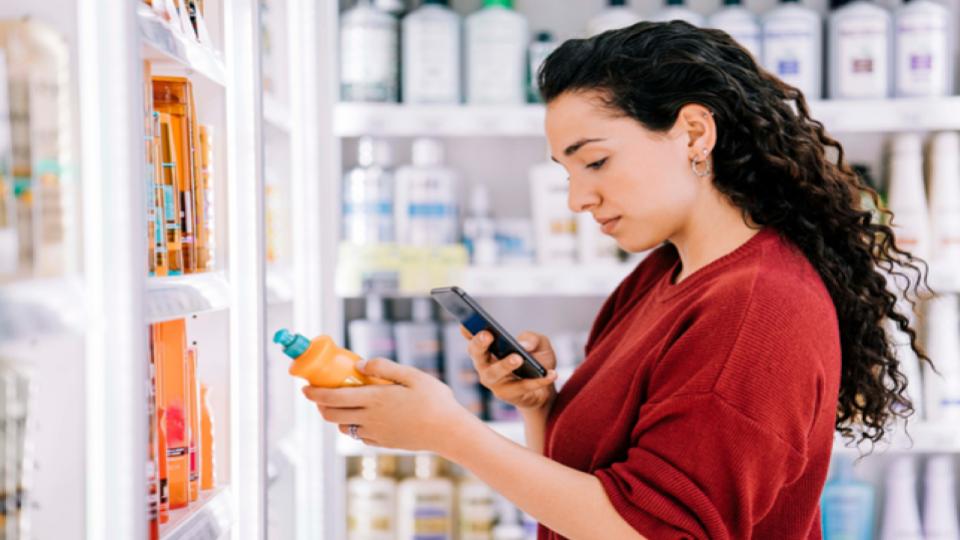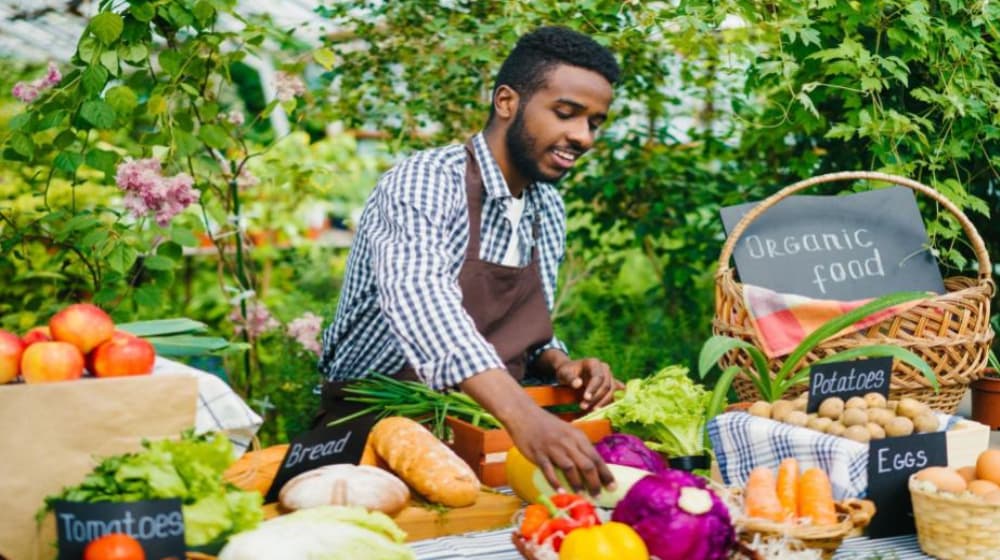Over the last decade or so, millions of people around the globe have become more food conscious. While there is still plenty of debate as to which dietary methodology is best for optimal human health, we can all agree that the quality of the food we eat profoundly impacts our quality of life.
This trend towards being more conscientious of where our food is sourced has made farmers’ markets more popular than ever before.

Farmers’ markets provide consumers with an exceptional buying experience as they develop a relationship with growers, find out where their food is sourced from, and learn exactly what quality of products they are consuming.
One problem is that not everyone has access to farmers’ markets. Even if you are lucky enough to live in a city that hosts a regular farmers’ market, the chances are that they are only open on select weekends or one day each month. This scheduling makes it difficult, if not impossible, to purchase enough fresh produce to last the week.
Another drawback to farmers’ markets is that these vendor-centric events rarely, if ever, offer other food and beverage products. To get your hands on essential food items like proteins, spices, dairy, and the like, you must turn to your favorite grocery store chain.
However, retailers are focused on product placement, efficiency, maintaining an organized shopping space, and generating revenue. This focus means that consumers can glean little insight into where their food actually comes from.
Wouldn’t it be nice if there was a way to merge the experience of a farmers’ market with the efficiency and accessibility of a grocery store? The solution to that problem may be closer to being realized, and the answer lies in blockchain technology.
What is Blockchain Anyway?

Before diving too deeply into how blockchain can make retail shopping trips much more informative, let’s recap what this technology is. When most non-tech experts hear the word “blockchain,” they think of cryptocurrency, financial systems, and all those “interesting” Dogecoin memes that swept social media in mid-2021.
While blockchain is an integral part of the crypto craze, this innovative tech lives up to all of the hype.
The term “blockchain” refers to a distributed database instead of a centralized data center. This database shares information across multiple computer network nodes by storing and structuring data in “blocks.”
When each block has reached its information storage capacity, another block is created and linked to the other blocks in the database. Due to the unique structure of blockchain databases, the information they contain is immutable, which means that it is impossible to alter. If a hacker attempts to modify a blockchain by accessing a specific network node, the other nodes will cross-reference with one another to prevent malfeasance.
Blockchain technology appeals to the food industry because it allows every touchpoint along the supply chain to be tracked and documented. This oversight means that retailers, and their customers, can determine exactly where a food product originated.
How Blockchain Can Reshape the Grocery Store Buying Experience?

When leveraged to its true potential, blockchain technology has the potential to change the entire food ecosystem forever.
Blockchain can optimize transparency during growing, manufacturing, distribution, and retail processes. It can also be used to combat food fraud, improve food safety, and optimize the efficiency of the supply chain. But how can this technology enhance the buyer experience?
The answer is actually quite simple. Blockchain can be used to create a ledger of a food item’s journey from farm to plate. Growers, manufacturers, or packers can grant consumers access to this information via QR codes.
These codes can be placed directly on food packaging and linked to product sourcing information, marketing content such as videos, and other valuable consumer resources.
While shopping, consumers can quickly use their smartphones to access important information about their favorite food and beverage products. This capability will allow consumers to get to know their growers from all around the world and view them more as neighbors and less as faceless corporate entities.
The consumer and grower can interact with each other, learning more about the product, where it started, and where it was purchased. Meanwhile, after buying a piece of produce or bag of coffee, a consumer can leave a gratuity or a “tip” for the grower, as they might at a farmers’ market.
In addition, growers and manufacturers can use this opportunity to improve brand management, build trust with their target audience, and increase profitability. When the food ecosystem becomes more transparent through the power of blockchain technologies, everyone wins.
If you would like to learn more about the many use cases of blockchain pertaining to the food industry, connect with Farm to Plate. Our mission is to bring together all food chain participants in a transparent ecosystem built on the blockchain. We believe these technologies are key to reducing food waste, enhancing the food supply chain, and improving consumers’ lives.
Pramod Sajja, CEO & President at Paramount Software Solutions (farmtoplate.io).
